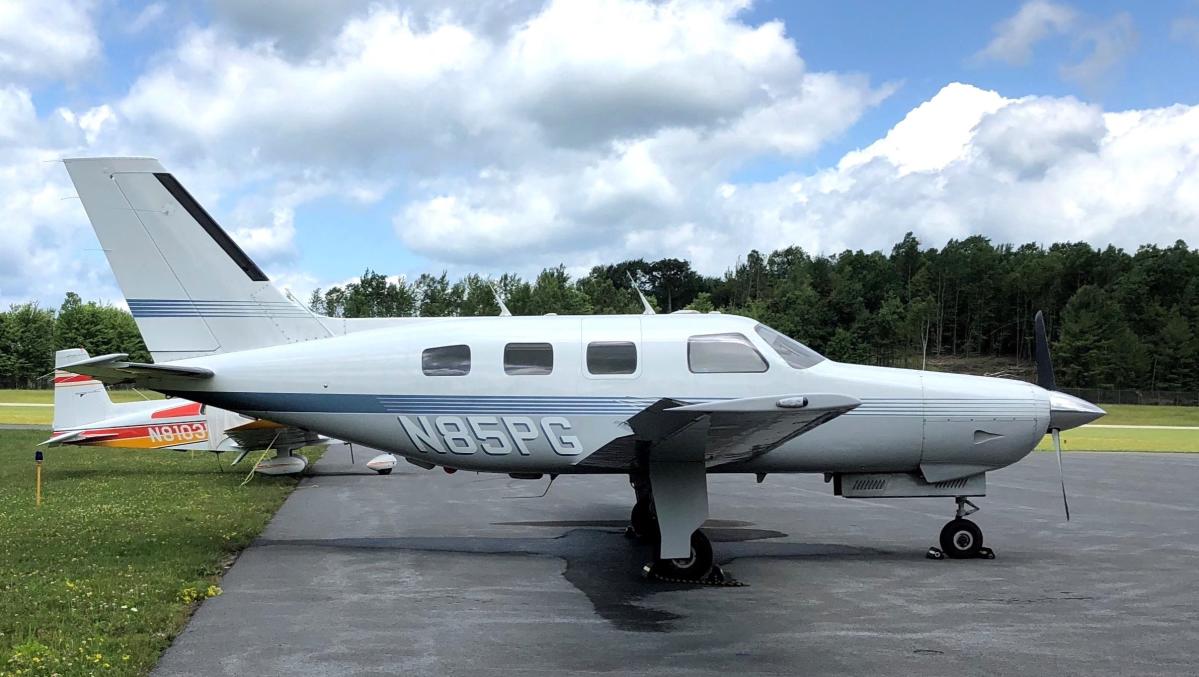A 71st Jager Brigade gunner.
71st Jager Brigade photo
Whatever the Russian military is trying to accomplish in northern Ukraine—open a new front for a major offensive or, alternatively, create a diversion to distract Ukrainian troops from the ongoing Russian offensives in the east—it’s not going great for the Russians.
Heavy Ukrainian forces have reinforced the lightly armed territorial units that fought alone in northern Kharkiv Oblast in the early hours of the Russian incursions on May 9. When Russia’s new northern grouping of forces tried to bolster the infantry assault groups with tanks, Ukrainian drones chased down and destroyed them.
The front line is stabilizing. The fighting is becoming “positional” as troops battle over individual buildings. “The Russian offensive in the northern Kharkiv region has actually stopped,” Ukrainian war correspondent Yuriy Butusov reported on Wednesday.
What happens next depends on the Kremlin. It could shift forces from the east to the north and try again to break through Ukrainian lines in order to drive toward Kharkiv, Ukraine’s second-largest and most vulnerable city, just 25 miles from the Russian border.
Or it could do what it often does when it becomes impossible to capture a Ukrainian village, town or city intact—and bombard the contested settlements along the Kharkiv Oblast border zone until there’s nothing but ruins.
Ominously, for the Ukrainians, there are signs that Russian leaders might choose the latter. Russian cluster munitions are already peppering the town of Vovchansk, the locus of the easternmost axis of the Russian operation in the north.
Observers anticipated the Russian attacks. For weeks, Russian regiments and brigades had been massing along the border. May 9, Victory Day in Russia—the day Russians celebrate the Soviet Union’s defeat of Nazi Germany in World War II—seemed to be the likeliest start date for a Russian operation.
Despite the signs of impending assaults on the northern towns of Vovchansk and Lyptsi, the general staff in Kyiv waited to reinforce the border zone, leaving the initial defense to lightly armed territorial brigades.
It’s possible Ukrainian commanders hoped to better understand the Russians’ intentions before deploying heavier forces to the north. After all, it was possible the whole point of a Russian operation across Ukraine’s northern border would be to draw Ukrainian brigades away from eastern battlegrounds in order to give Russian forces a new advantage in those sectors.
But leaving the initial defense to the territorials was risky. “Territorial defense units should not be tasked with halting the primary enemy advance,” Ukrainian analysis group Frontelligence Insight stressed.
Worse, it seems the territorials had dug some of their trenches in the wrong locations to block a Russian advance. “This is the result of systematic issues stemming from a lack of understanding of brigade capabilities and readiness,” Frontelligence Insight concluded.
So when platoon-sized groups of Russian troops—scores, not hundreds—marched across the border on Victory Day, they quickly seized a chain of small villages in the lightly protected “gray zone” a mile or so south of the border. The Ukrainian territorials retreated.
It was immediately apparent the Ukrainians had to deploy heavy forces or watch more northern settlements fall. A clutch of heavy brigades rolled north: the 42nd and 92nd Mechanized Brigades took up positions in and around Lyptsi; the 57th Motorized Brigade and 71st Jager Brigade entered Vovchansk.
“In the Vovchansk region, Ukrainian defenses have been significantly strengthened, and attacks on the enemy are becoming more effective,” Butusov reported. “The Russians cannot knock out our troops from positions in the city and its surroundings.”
The situation is the same in Lyptsi. “Ukrainian troops have significantly intensified their attacks on the enemy on this part of the front, and are gradually capturing the tactical initiative,” according to Butusov.
In a week of hard fighting, the Ukrainians have halted the Russian advance. On May 12, the Russia suffered its greatest single-day loss of its 27-month wider war on Ukraine. In 24 hours, more than 1,700 Russians were killed or wounded, according to the Ukrainian defense ministry.
Struggling against stiffer Ukrainian defenses, Russian forces are trying something new—attacking in many small groups instead of fewer big ones. “Assault groups, typically the size of platoons, engage with a stronghold before merging with other assault groups,” the Ukrainian Center for Defense Strategies explained. “This reduces losses during the approach to the target but slows the pace of advance.”
But a small change in infantry tactics can’t fundamentally alter the dynamics along the northern front. With the forces they have—reportedly 30,000 troops in a dozen or so regiments and brigades—the Russians may not be able to capture Vovchansk and Lyptsi, to say nothing of marching on Kharkiv.
That the Kremlin hasn’t sent more troops to the northern grouping of forces may give away the ultimate aim of the Victory Day operation. “Despite the current developments, the northern attack appears too telegraphed, and Russia seems to have insufficient troops there for it to be anything other than a major diversion aimed at compelling Ukraine to deploy its limited reserves,” Finnish analyst Joni Askola wrote.
But it’s not clear the Ukrainians have redeployed enough troops from the east to the north to weaken their defenses in the main eastern battlegrounds around Avdiivka and Chasiv Yar.
“If the aim was to create a diversion, it has achieved some degree of success,” Askola concluded, “as units and resources have been relocated to Kharkiv Oblast that were previously absent.”
But “the extent of this success will hinge on the number of additional units that need to be deployed,” Askola added. And for days now, the number of additional Ukrainian units heading north apparently has been … zero.
The northern campaign isn’t over. The Russians are “not yet defeated,” Butusov stressed, “and heavy battles for destruction continue.” Chillingly, the Russians may choose to simply demolish Vovchansk and Lyptsi with artillery and bombs rather than continue trying to capture them with costly ground assaults that may not be diverting Ukrainian forces to the extent the Kremlin hoped.
Sources:
1. Yuriy Butusov: https://t.me/ButusovPlus/10315
2. Frontelligence Insight: https://twitter.com/Tatarigami_UA/status/1790086956073750575
3. Center for Defense Strategies: https://cdsdailybrief.substack.com/p/russias-war-on-ukraine-150524
4. BBC: https://www.bbc.com/news/articles/c72p0xx410xo
5. Joni Askola: https://twitter.com/ArturRehi/status/1790751743887696088

David Turner is a globe-trotting journalist who brings a global perspective to our readers. With a commitment to shedding light on international events, he explores complex geopolitical issues, offering a nuanced view of the world’s most pressing challenges.






